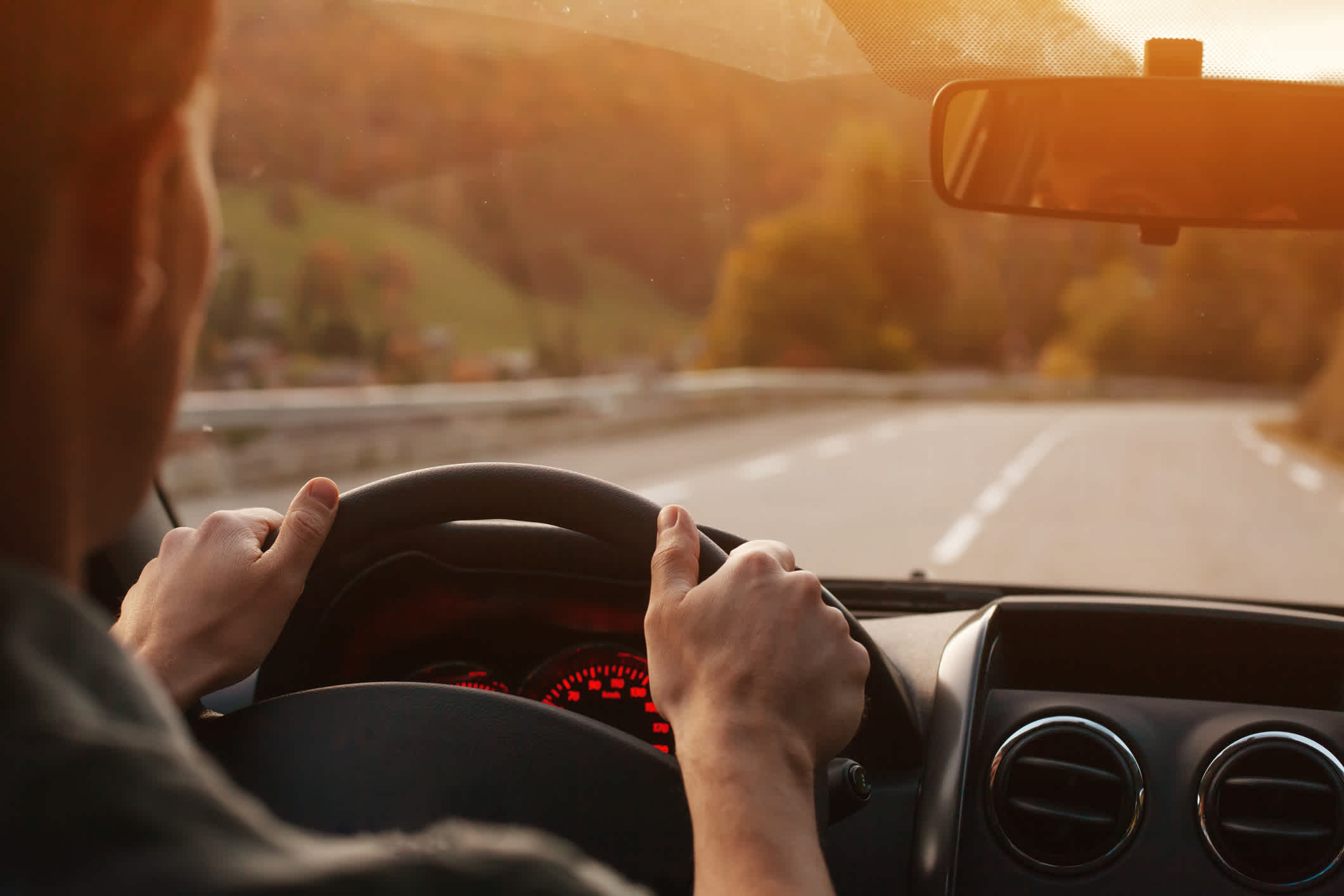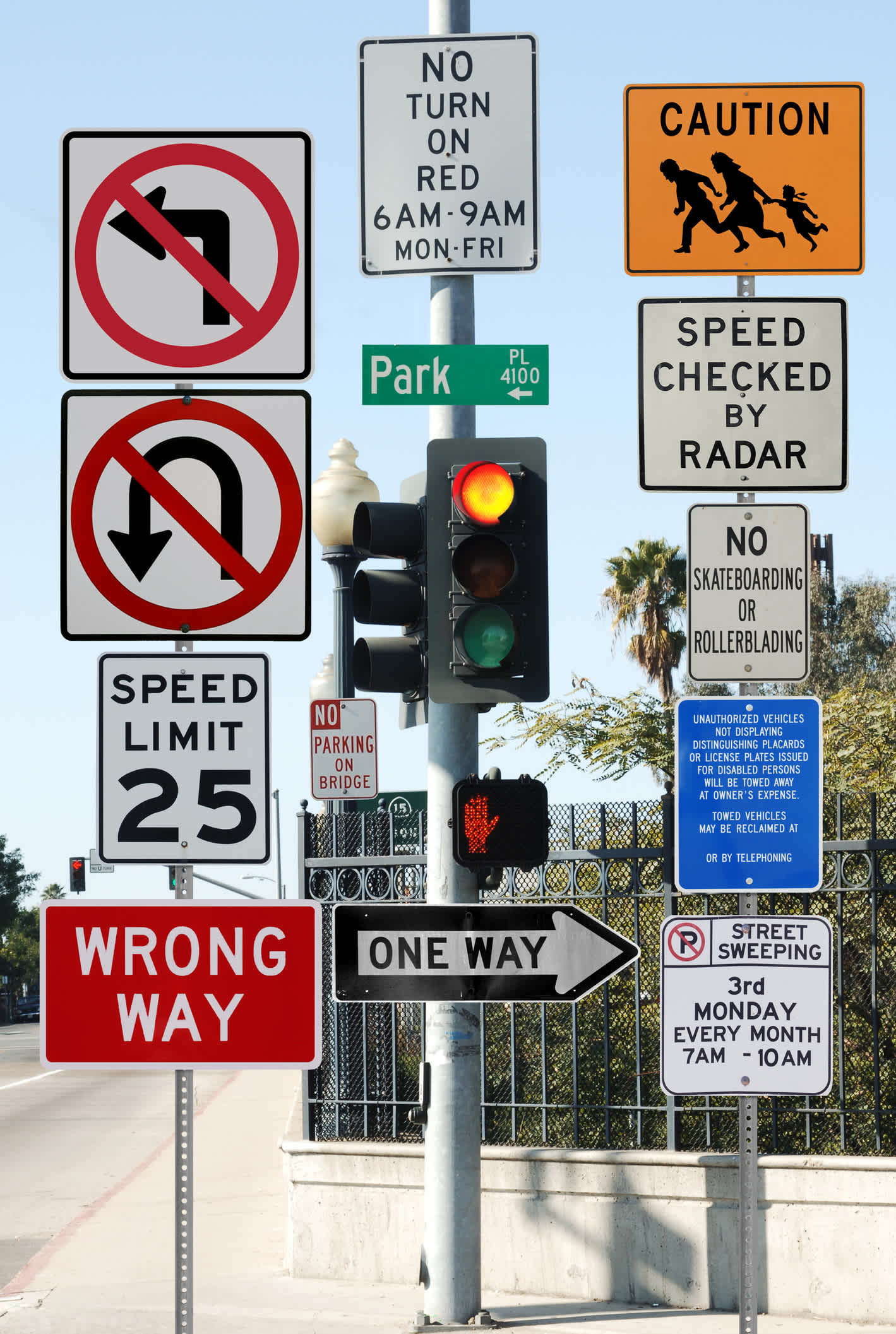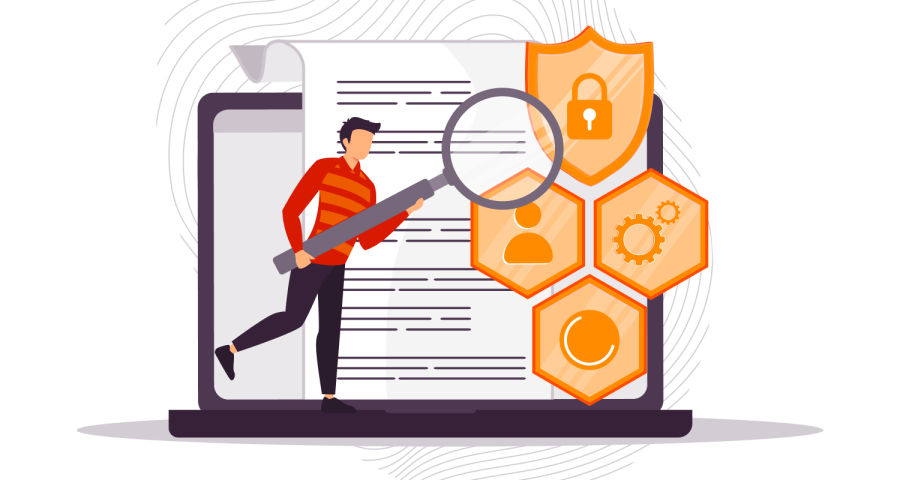//
Dec 27, 2023
Don’t Take Shortcuts in Your Marketing Journey
No one likes traffic; it's frustrating, annoying, and a waste of time.
You know where you want to go, confident that you can get there if only all the lights turn green and cars clear your way, right? Instead of planning your route to avoid speed traps, accidents, and rush hour, you took chances and found yourself waiting.
Yet, a tempting shortcut appears, promising a straight shot to your destination. Pulling off, you head for the detour, thinking you'll beat the traffic. Unseen, a giant sinkhole blocks your path, potentially consuming your time, money, and resources if you’re not careful.
One wrong move, and you're even farther away than when you started.
When you begin your marketing journey, it can sometimes feel this way. But not to worry, there are strategies to keep you on the right path, not the shortest path.
A Journey of Risk and Reward

Imagine your company's website as the road to your ultimate destination—where customers and clients should ideally end up. Just like navigating through traffic, the goal is to make your visitors' journey smooth and frustration-free.
The temptation to save time and money with a quick, DIY website and logo design might seem easier. However, taking this shortcut is like choosing a road that leads to a dead end. Your website should be the easy route guiding users to their destination, not pushing them to bounce away in frustration.
How?
Investing in a well-designed, user-friendly platform that follows practiced marketing principles is vital to avoiding digital dead ends and ensuring a successful journey for you and your clients.
First Impressions Extend Throughout Your Users' Stay
Creating a positive first impression is crucial for your business, and website design is pivotal.
Did you know that of consumers switch to a competitor due to a poorly personalized website experience?
You may lose nearly half of your business if your website and haven't been updated since its creation.
Most customers' initial interaction with your business happens through your website. To attract and retain viewers, prioritize a pleasant and memorable user experience.

(UX) is a crucial aspect of the marketing journey, starting with identifying a persona and considering the user's journey. Is your website responsive, adapting seamlessly to mobile and desktop devices? These factors significantly impact user experience.
"First impressions matter, especially when it comes to web design. In fact, according to a study by Stanford University, 94% of first impressions are design-related. This means that a poorly designed website can turn potential customers away before they even have a chance to explore your products or services." - Magnetize Studio,
Understanding your target audience's navigation preferences is key to providing appealing design and content. Without this insight, your website may unintentionally frustrate users.
Think of it like giving accurate directions – presenting information in a format that suits your demographic is essential.
After capturing your target audience and , ongoing maintenance is crucial.
Like a car, your website requires regular check-ups to ensure smooth and efficient operation in this fast-paced digital environment.
3 Ways to Maximize Traffic Through Strategic UX/UI Web Design and Development
1. Optimize for Accessibility and Responsiveness

Ensure your website is to a diverse audience by prioritizing responsiveness. A seamless transition between mobile and desktop devices is essential for user satisfaction.
Responsive design enhances user experience and positively impacts your search engine rankings, driving organic traffic.
2. Create Intuitive Navigation Paths

User-friendly navigation is crucial for keeping visitors engaged. Design intuitive navigation paths that guide users seamlessly through your website.
Prioritize a logical flow of information and clear calls to action (CTA) to enhance the overall user experience. You reduce and encourage prolonged engagement by making it easy for users to find what they need.
3. Optimize Page Load Speed

In the fast-paced digital era, users expect instant access to information. Slow-loading websites can lead to frustration and high bounce rates. Optimize your website's page load speed by compressing images, utilizing efficient coding practices, and leveraging content delivery networks (CDNs). A swift-loading website enhances user satisfaction and improves search engine rankings, driving more organic traffic.
By incorporating these three strategies into your UX/UI web design and development approach, you can create a digital environment that attracts, retains, and delights your online audience, fostering sustained traffic growth.
CONTENT MATTERS—More than you might think
Content isn't just a part of the digital marketing journey—it's the catalyst for driving traffic, enhancing user experience, and achieving digital success. Whether residing on your website or fueling your efforts to attract visitors, strategic and data-driven content is the linchpin for achieving your business goals.

Here are three ways to optimize your content:
1. SEO Mastery:
Crafting content with a strategic approach boosts your Search Engine Optimization (SEO) efforts. Search engines value relevant, high-quality content. Incorporating relevant keywords, optimizing meta tags, and providing valuable information enhances your website's visibility, driving organic traffic.
2. Engaging Your Audience:
Beyond SEO, compelling content engages your audience. Visitors are likelier to stay, explore, and return when your content resonates with their needs. Develop a content strategy that aligns with your target audience's preferences, interests, and pain points to establish a meaningful connection.
3. Data-Driven Insights:
Data is the compass that guides your content strategy. Leverage analytics tools to understand what content resonates most with your audience. Analyze user behavior, preferences, and conversion metrics to refine your approach continuously. A data-driven content strategy ensures your efforts are aligned with audience preferences and evolving trends.
4. Driving Traffic through Value

Content isn't merely a vessel for keywords; it's a vehicle for providing value. Whether through informative blog posts, engaging videos, or interactive infographics, prioritize content that enriches the user experience. Valuable content attracts visitors and positions your brand as an authority in your industry, fostering trust and credibility.
5. Social Amplification
Social media platforms thrive on shareable and relatable content. Craft content that sparks conversations encourages sharing and resonates with your audience. Social media shares amplify your reach, directing a steady stream of engaged visitors to your site.
Invest in a strategic, data-driven content approach to capture attention and keep your audience returning for more.
A Deep Dive into Technology, Data, and Mobile-First Thinking
Maintaining relevance requires more than just keeping up—it demands a deep dive into the updates in data, mobile-first thinking, and the ever-shifting landscape of data privacy laws.

The continuous release of mobile, tablet, and desktop devices shapes the digital horizon, while internet browsers and search engines, particularly Google, undergo rapid updates, sometimes daily.
Here are three ways you can ensure your site stays up-to-date:
1. Embrace Technological Evolution
Staying attuned to the latest advancements is crucial to navigating this technological evolution successfully. Internet browsers alter the digital terrain every six weeks, directly impacting how your website displays content.
, shaping , underscore the importance of proactive adaptation. Staying current is not just a strategy—it's a commitment to leveraging technology as a powerful ally in your marketing journey.
2. SEO Prowess in a Changing Landscape
With Google's continuous algorithm updates, your website's SEO strategies constantly change. Regularly refreshing your site's content isn't just a routine; it's a vital strategy for survival. This consistent adaptation ensures that your site remains optimized, preventing user loss due to an unresponsive or outdated digital presence.
3. Audit Your Digital Presence
For those with existing websites, a thorough digital audit is in order.
When was the last update?
Is your website navigating smoothly in the current digital landscape?
For those yet to embark on their marketing journey, understanding the challenges in this fast-paced environment is the first step toward establishing a resilient digital presence.
In this era of rapid technological evolution, the astute navigator delves into the intricacies of change embrace innovation, and charts a course toward a future-proof digital presence.
Stay ahead, adapt, and let your digital strategy evolve toward success in the ever-shifting landscape of technology.
Avoid Shortcuts and Drive Traffic with Expert Marketing Strategy

Your marketing journey is not about rushing through shortcuts but a strategic drive towards enduring success.
You are the adept driver in your digital destiny, sidestepping dead ends, emphasizing experience, delivering impact, and cruising the highways of technological evolution.
The Path to Responsive, Smart, and Compliant Web Design with Watermark
Elevate your online presence—start crafting your digital success today! Let's talk.







